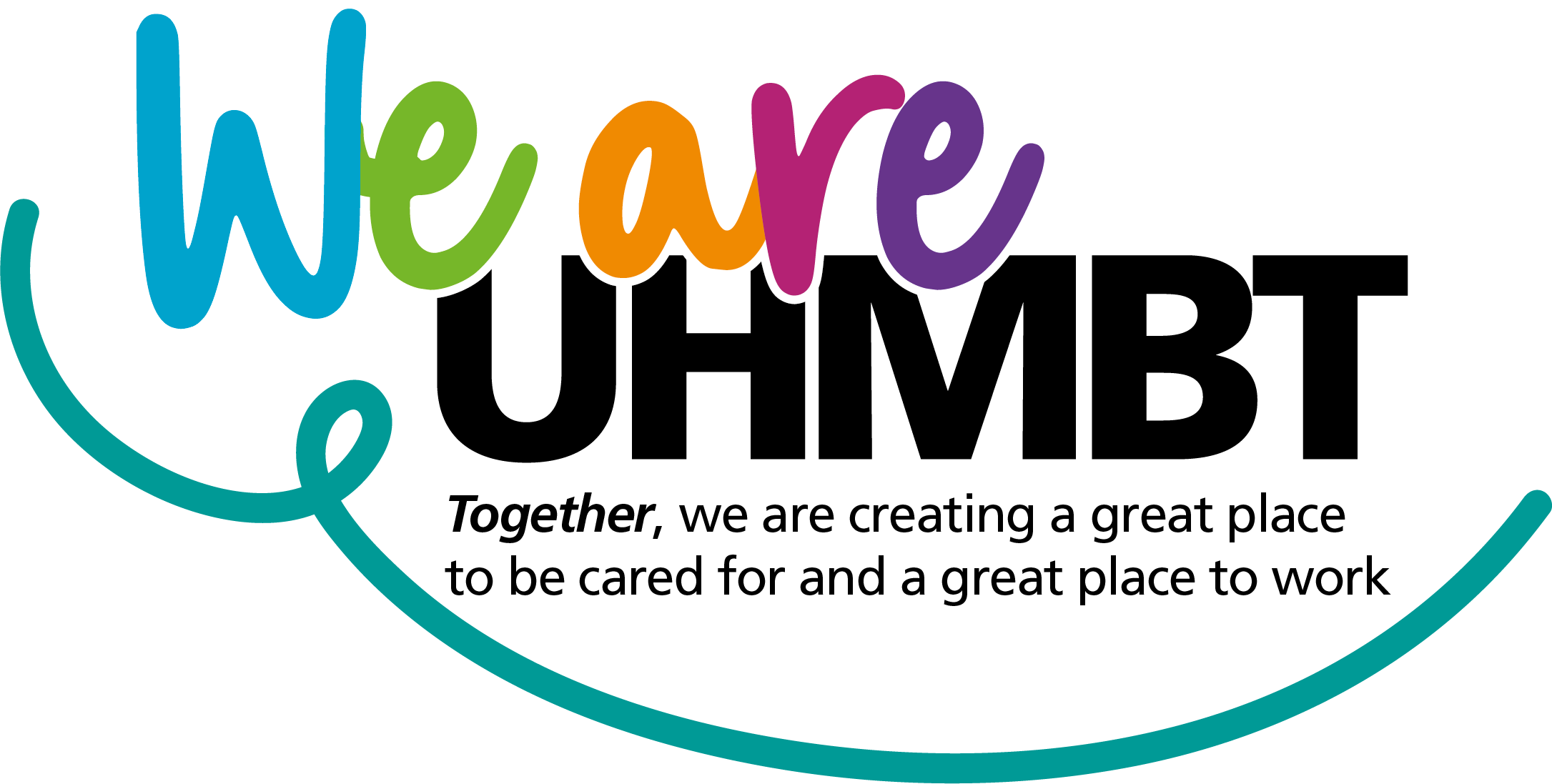Blog written by Liesje Turner, Head of Strategic Recruitment
Back in March, as lockdown hit the UK, our Chief Executive Aaron Cummins sent a clear message to staff: if you can work from home, do work from home. As a non-clinical member of staff, I've done my part during the pandemic by staying away from the hospital.
This felt strange at first, and a complete change from our traditional NHS way of working where we all get into cars and drive to meetings. With so much time spent alone it would have been easy to become very isolated and demotivated. But something else changed too: everywhere you looked, people were using technology to connect, technology that they would never have adopted otherwise.
Six months previously, before Covid-19 was even on the radar, our fantastic I3 service had introduced us all to Office 365 and Microsoft Teams. It had some great features and lots of potential, we all agreed, but it takes time for people to change their way of working... doesn’t it? Nobody expected meetings to change to video calls overnight.
But that’s exactly what happened. Several months down the line, even picking up the phone now feels strange without being able to see the person at the other end. Using Teams has completely revolutionised the way that we work, making us all much more accessible, creating cross-team links that never existed before, and giving us the tools to work in a really efficient and productive way.
In my Directorate, virtual working made it possible to have daily calls with our leadership team and business partners, and we became connected in a way that would never have happened had we continued to be sat in offices. Our virtual networks have expanded too, as we’ve also had the opportunity to link much better with colleagues from all different organisations, and to work better in partnership. The use of virtual interaction has also seen an increase in the contributions that traditionally quieter colleagues make - almost as if being virtual gives them the courage to speak up, in a way that they wouldn't have if they were in a room with others.
Looking beyond productivity of course, having the technology available has been a huge asset to our mental wellbeing, offering us instant connection with our colleagues at the time we’ve needed it the most. It’s given us the freedom to work more flexibly, enabling different patterns of working and allowing us to adapt work to our home lives, something that’s been incredibly important for those colleagues caring for children or other family members at home. While isolated and social distancing, my relationships with colleagues have never been stronger.
Covid-19 has forced the NHS to adapt and modernise at a much faster pace than we’ve ever seen before, and our I3, Occupational Health and People & OD teams have worked hard to support colleagues in navigating that change, going beyond the guidance with a real passion for making things better for our NHS people. I have been truly inspired by my colleagues this year, who are leading with passion, integrity and drive. Though this year has forced us to learn and change as an organisation, we are also leading as an organisation, and we continue to design and develop best practice to ensure the safety and wellbeing of all our colleagues.
Covid-19 may have transformed the way that we work, but now it's up to us to decide whether we keep some of those changes, or spring back into the office as normal. There is a view that you can't beat face to face, but I'd like to contest that, and say that both virtual interaction and face to face have a place. One is not more valuable or better than the other. It’s my feeling that with everything we’ve gained – from environment and estates, to partnership working and efficiency – we must protect this and hang onto it.
You wouldn’t have expected such connection to be the result of working in isolation – but I for one hope that we never look back.

